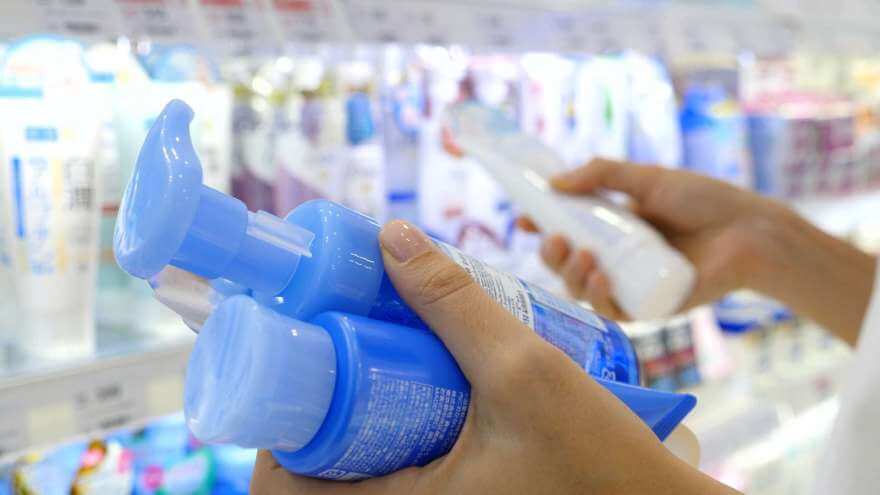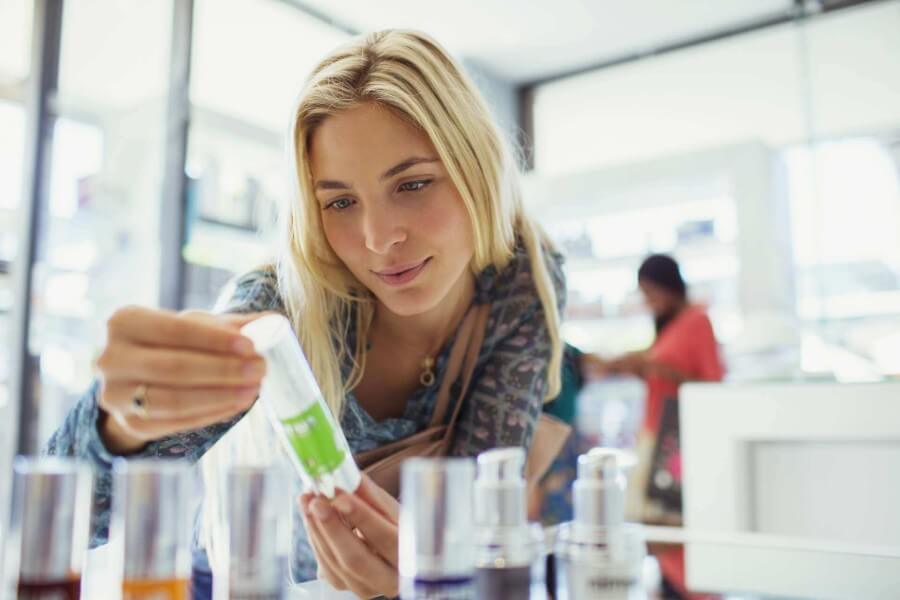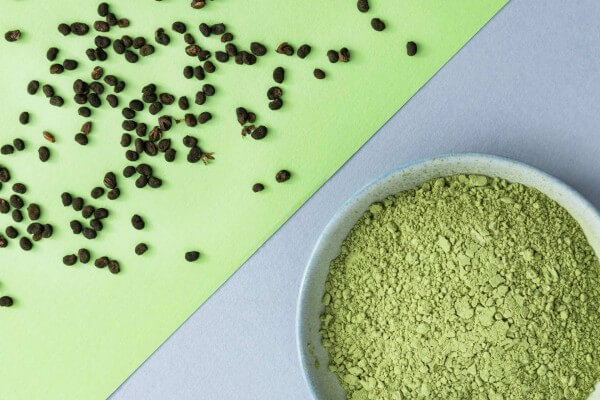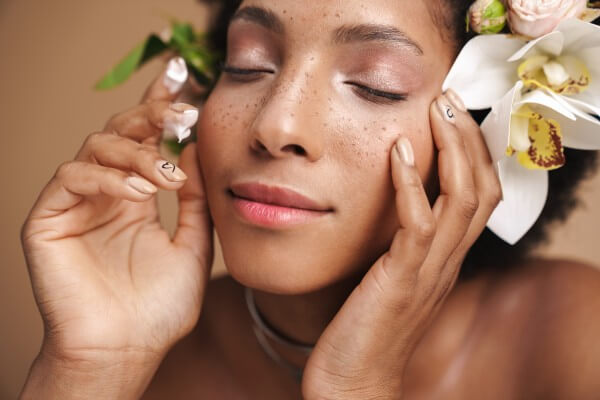Clean Beauty, Ingredients, Reviva Labs, Skin Care
Skintellectuals demand results not novelty
We’re lucky to be living during the ascendence of the golden age of skin care. Research is delivering new, potent ingredients seemingly every day. And consumers have a wealth of educational and informational apps and websites at their fingertips. This has given rise to the so called “skintellectuals” which we’ve always identified as savvy consumers.
Reviva has been a pioneer in the natural skin care industry for nearly five decades. As a legacy brand we’re proud of our heritage. But more importantly, as a brand that has always catered to the natural product market we’ve been dealing with smart shoppers for a long time. Those interested in health and wellness – and willing to pay a bit more for natural products – are generally well versed in ingredients and educated on “what makes a good product.”
Smart skincare buyers want quality, not marketing malarkey
Developing top-quality skin care products requires delicately balancing and combining ingredients to achieve the desired results. It means reviewing ongoing research, evaluating recommended ingredient concentrations, and determining how all the key ingredients interact. Blending these needs together then moves onto extensive real-world testing and evaluation on a wide assortment of skin types, ethnicities, ages, sexes, etc. to reduce the potential for skin reactions. And the process is never really done. New information or better ingredients require continual iteration of our products – to keep them the best they can be – sometimes with every batch.
The new normal is a well-informed skin care buyer. The GoodFaceProject.com or INCIdecoder.com or ewg.org/skindeep and many other sources allow shoppers to instantly evaluate, rate, and read research and consumer feedback on products and their ingredients. So, shoppers can make very informed decisions. And this process is accelerating and forcing brands to confront and acknowledge when consumers demand better.
A trend towards clean beauty is accelerating in all skin care markets
From drugstore brands to big box store brands and even mass market leaders, the shift towards cleaner formulations is being driven by skintellectuals. It’s no longer good enough to simply mix basic ingredients and slap some marketing jargon on a shiny box (not that we think it ever was). Consumers can instantly evaluate and rate a product’s ingredient list – with multiple sources. They can solicit commentary or feedback on social media sites and even dive into the research behind trendy skin care ingredients.
As a result, brands at all levels are choosing smarter, cleaner ingredients, and pushing themselves to be better. Target, Sephora, Ulta, and CVS and Rite Aid are all expanding their natural product health and beauty sections. Many are now establishing ingredient standards, once the sole purview of natural retailers (i.e., Whole Foods Market, Earthwise, etc.). This is terrific for skintellectuals and the everyday shopper – since the baseline for products is rising steadily.

Savvy shoppers see through marketing hype
Even the “higher percentages war” seems to be subsiding. This is the nickname we gave to the seemingly ever-increasing push to shove higher and higher percentages of key ingredients into products – regardless of research demonstrating any benefit and often indicating potential problems. For a long while, we were bemused by the regular onslaught of “more is better” pitches – 1%, 5%, 10%, 25%, 50% – brinksmanship just kept going up and up.
Finally, the sources at the fingertips of consumers, have started to slow this trend. Moreover, the deluge of wild ingredients (and their associated miracle claims) has undergone fierce scrutiny by informed shoppers. Driven by the rise of dermatologists and aestheticians and skin care gurus who are instantly able to debunk outlandish claims on their Youtube and TikTok channels, real skin care professionals can now help to curtail the crazy.
These are good skin good times
Sure, there’s still an abundance of misinformation and opinions littering the ecosystem. And even among professionals you can have differing assessments and conclusions regarding ingredients, formulations, etc. Plus, the reality remains, everyone’s skin is different and reactions for one product can vary between individuals. So, what works for one person may not work for another – and that’s unlikely to change anytime in the future. But the explosion of skin care information and accessibility to professionals and the sheer abundance of existing and new skin care brands – at all price ranges – which are getting cleaner and better formulations – means that consumers are in control.
It’s very easy to find affordable, effective skin care and to experiment with several brands to find the products that work best for you. And this is what beauty shoppers are expecting and demanding. Consumers want results, not novelty or trendy ingredients, or outlandish marketing claims. Which is why these are the golden days of skin care – and we couldn’t be happier!






